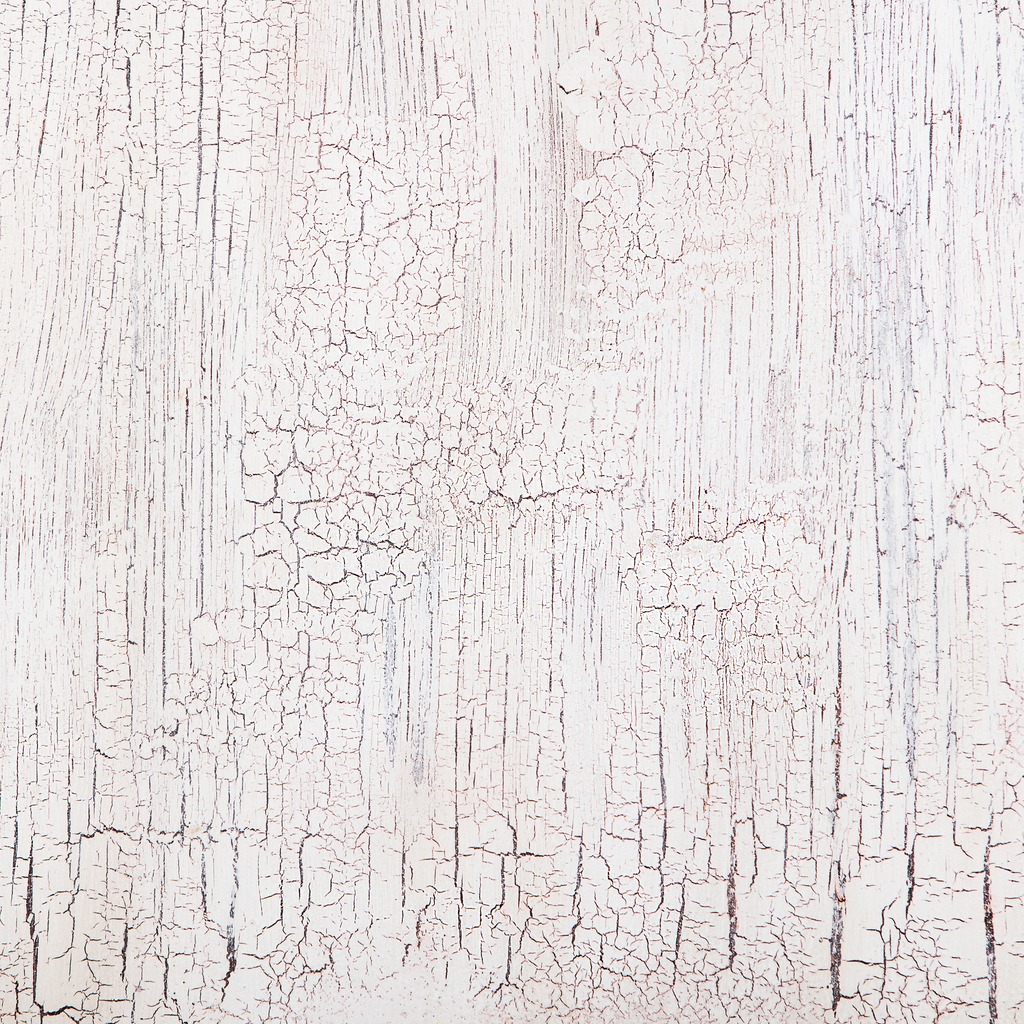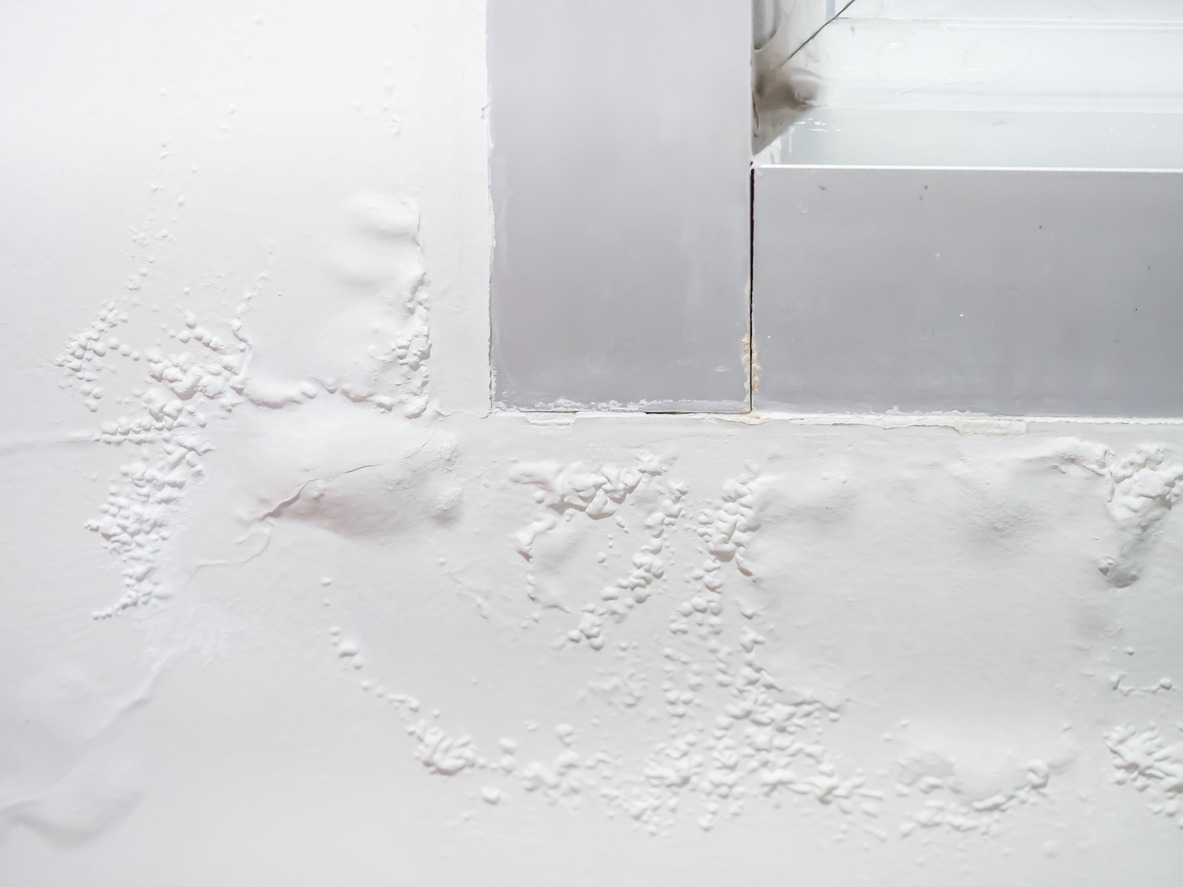Whether your paint job is big or small, you’ll likely find at least a few surface issues. While painting, you can’t help but be bothered by surface problems like peeling, cracking, or blistering paint.
Whether you’re a DIY or professional painter, you see these issues as pet peeves you want to eliminate.
Common surface issues when house painting
Here’s a rundown of these issues and their typical solutions:
Peeling paint
Peeling paint is probably the most familiar surface issue that painters encounter. Even large paint strips come off on their own.
Causes:
- Poor surface preparation
- Moisture
- Incompatible paint layers
- Painting over dirty surfaces
- High humidity environment
- High temperatures
- Direct exposure to sunlight
Solution:
- Remove all loose paint by scraping or sanding.
- Clean the surface thoroughly to remove dirt and grime.
- Apply a high-quality primer before repainting with compatible paint.
Cracking or flaking

Another common surface issue is cracking or flaking paint. This problem can grow progressively, from hairline cracks to paint chips falling off the surface.
Causes:
- Paint that is applied too thickly or rapidly drying.
- Water intrusion
- Low-quality or expired paint
- Poor surface preparation or lack of it
- Applying different coatings (e.g., applying an oil-based primer and finishing with latex paint)
Solution:
- Scrape off the flaking paint.
- Sand the area to smooth the edges.
- Apply a primer.
- Use appropriate paint and apply it in thin, even layers.
Blistering or bubbling
It has bubble-like formations within or beneath a paint film or other coating.
Causes:
- Moisture trapped under the paint
- Painting in direct sunlight
- Improper or lack of surface preparation
Solution:
- Identify and eliminate the source of moisture.
- Scrape off the blisters
- Sand the area.
- Let it dry completely.
- Prime and repaint, avoiding direct sunlight during application.
Mold and mildew
Causes:
- Damp conditions and lack of air and sunlight
- Improper or lack of surface preparation
- Painting over a surface where the mold or mildew has not been removed
Solution:
- Clean the affected area with a bleach-and-water solution.
- Rinse thoroughly and let it dry.
- Use a mildew-resistant primer and paint.
Chalking
Chalking occurs when the paint breaks down into loose powder on the surface. Some degree of chalking is considered normal in an aging paint. But if there’s unusually heavy chalking, it indicates excessive paint film erosion.
Causes:
- Weathering of the paint film
- Low-quality paints
- Paints with too much pigmentation
- Using improper paints (e.g., interior paint applied over an exterior surface)
Solution:
- Wash the surface with a strong detergent solution and a stiff brush.
- Rinse thoroughly and let it dry.
- Apply a primer and repaint with high-quality exterior paint.
Stains and discoloration

Causes: Water stains, smoke, tannins from wood, mold and mildew, or rust.
Solution:
- Clean the stained area.
- Use a stain-blocking primer before repainting.
Efflorescence or mottling
Masonry building materials such as cement, brick, stone, stucco, and mortar are susceptible to efflorescence. It is a white powder accumulating on masonry surfaces. It occurs when excess moisture escapes through the exterior masonry surface from the inside.
Causes:
- Cold, dry weather where masonry buildings are in the process of getting rid of excessive moisture and are drying out
- Improper or lack of surface preparation after the previous efflorescence can lead to another efflorescence
Solution:
- Remove the efflorescence with a wire brush or pressure washer.
- Address the source of water intrusion.
- Apply a masonry sealer or primer before painting.
Alligatoring
Alligatoring is a hardening of the outer layer while the underlying paint is still flexible. It results in a patterned cracking on the surface resembling an alligator’s scales.
Causes:
- Applying an extremely tough and solid coating (like alkyd enamel) over a flexible coating such as a water-based primer
- Applying the topcoat before the undercoat
- Oil paint’s natural quality decline
Solution:
- Remove the affected paint by scraping and sanding.
- Prime the surface and repaint with flexible, high-quality paint.
Wrinkling
This issue has a rough and wrinkled appearance on painted surfaces
Causes:
- Painting in very cold or hot conditions
- Applying too much paint at once
- Inadequate drying time
- Extreme temperature
- The second coat of paint was applied too soon (while the first coat had not yet dried).
Solution:
- Sand the wrinkled paint to smooth it out.
- Clean the surface, prime if necessary, and repaint under appropriate weather conditions.
Poor paint adhesion
If you have trouble applying paint to interior or exterior walls or the topcoat is coming off right after application, consider the probable causes below:
Causes:
- Damp, greasy, waxy, dirty, or chalky surfaces
- Improper or lack of surface preparation
- Excessive coating thickness
- Use of incorrect paint or primer
- Failure to apply primer before application of the topcoat
- Applying the second coat too soon to the yet-undried first coat
- Other surface issues include peeling, chalking, blistering, cracking, etc.
- If spraying paint, use an excessively dry or dusty spray technique.
Solution:
- Clean the surface thoroughly with a suitable cleaner.
- Sand if necessary to create a smooth, clean surface.
- Use a high-quality primer before repainting.
These are only some familiar surface issues homeowners and painters face when painting. Fortunately, you can solve these problems with regular maintenance, proper surface preparation, and correct paints.
Using high-quality materials and following manufacturer instructions can also significantly reduce the likelihood of encountering these problems.
Hire a professional painter and save yourself the trouble of dealing with surface issues
One of the tasks in a paint project involves dealing with existing problems on surfaces before painting. Depending on the problem’s severity, eliminating these surface issues may take too much time and effort in your paint project.
Hand the job to the pros, like our expert paint team at Custom Painting, Inc. They have the experience, tools, and techniques to eliminate such issues in a fraction of the time. Your surfaces will become clean, smooth, and ready for new paint.
Custom Painting, Inc. is ready to take on your project!
Hiring Custom Painting, Inc. will save you the time, effort, and trouble of fixing surface issues and painting the walls. For over 40 years, we’ve transformed the look and feel of many homes in Concord with our professional painting services. Call us at 925-294-8062 or complete our contact form to obtain a free and detailed estimate for your house painting project.

